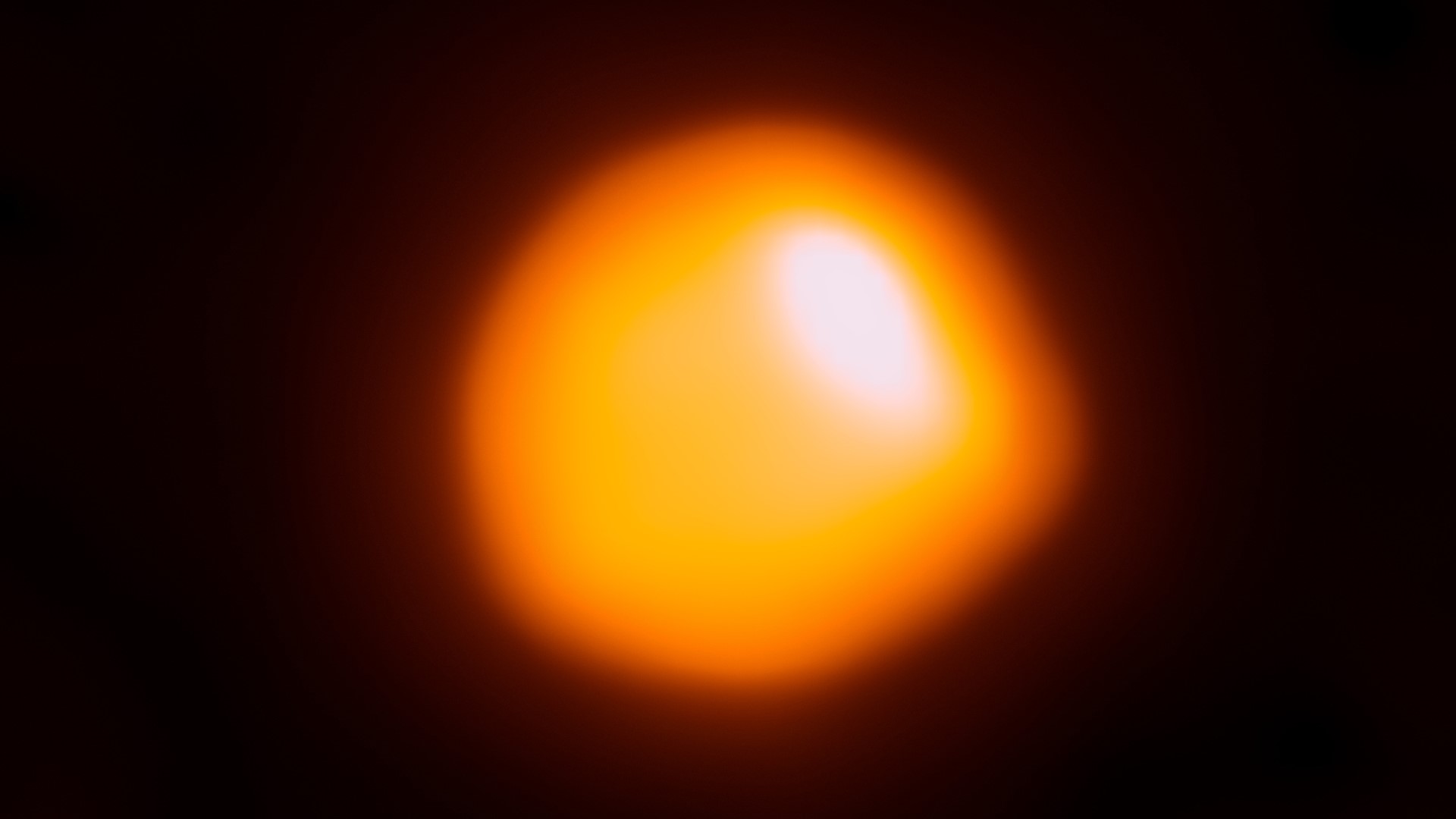
Ever wondered about the mysteries twinkling in the night sky? Betelgeuse, a colossal star in the Orion constellation, is one such enigma that has fascinated astronomers and stargazers alike. But what makes this celestial giant stand out among the stellar crowd? Betelgeuse is not just another bright spot in the sky; it's a red supergiant nearing the end of its life, and its eventual supernova is eagerly anticipated by scientists worldwide. With its distinct reddish hue, Betelgeuse easily captures the imagination, serving as a cosmic beacon guiding our curiosity beyond our blue planet. From its staggering size to its impending explosive demise, Betelgeuse holds secrets that continue to intrigue and inspire. Ready to zoom through the cosmos and uncover some stellar facts about this astronomical wonder? Let's light up our understanding of Betelgeuse and embark on a starry adventure!
What is Betelgeuse?
Betelgeuse, also known as Alpha Orionis, is a massive, bright red supergiant star located in the constellation of Orion. It's one of the largest stars visible to the naked eye and has fascinated astronomers and sky-watchers for centuries due to its distinctive color and brightness. This celestial giant is nearing the end of its life cycle and is expected to explode as a supernova within the next million years.
The Size and Luminosity of Betelgeuse
-
Betelgeuse is enormous, with a diameter roughly 900 times that of the Sun. If placed at the center of our solar system, its surface would extend past the orbit of Jupiter.
-
Despite its vast size, Betelgeuse is not the largest star known, but it ranks among the top 10 in terms of size and luminosity.
-
The brightness of Betelgeuse fluctuates over time, a phenomenon known as variability. This star can range from being the 6th to the 21st brightest star in the night sky.
The Color and Temperature
-
The red color of Betelgeuse is indicative of its relatively cool surface temperature, which is about 3,500 Kelvin. In comparison, the Sun's surface temperature is about 5,500 Kelvin.
-
This red supergiant's color can vary slightly due to its changing brightness and is a key feature that makes it easily identifiable in the night sky.
The Distance from Earth
- Betelgeuse is located approximately 642.5 light-years from Earth. This distance, while vast, makes it one of the closer massive stars observed by astronomers.
The Future Supernova
-
Scientists predict that Betelgeuse will explode in a spectacular supernova event within the next 100,000 to 1 million years, offering a rare and incredible show for future generations of stargazers.
-
When Betelgeuse does go supernova, it's expected to shine as brightly as a full moon and be visible during the day for several months.
The Mystery of Dimming
-
In late 2019 and early 2020, Betelgeuse experienced an unusual dimming event, becoming significantly fainter than usual. This led to speculation that it might be about to explode.
-
However, further studies suggested that the dimming was likely caused by a giant dust cloud released by the star, rather than an imminent supernova.
Cultural and Historical Significance
-
Betelgeuse has been known since ancient times and is mentioned in various cultural texts and mythologies. Its name is derived from the Arabic for "the hand of Orion" or "the armpit of Orion," depending on the translation.
-
This star has been a point of fascination and study for astronomers dating back to before the Common Era, highlighting its enduring appeal and mystery.
Scientific Research and Observation
-
Betelgeuse is a key focus of modern astronomical research, particularly in the study of the life cycle of massive stars and the processes leading up to supernovae.
-
Advanced telescopes and imaging techniques have allowed scientists to study Betelgeuse's surface and surrounding environment in unprecedented detail, revealing complex processes at work.
-
Observations of Betelgeuse help astronomers understand not only the fate of this star but also provide insights into the evolution and death of other massive stars in the universe.
-
The study of Betelgeuse and its eventual supernova could also offer clues about the formation of elements in the universe, as supernovae are responsible for creating many of the heavy elements found on Earth and throughout the cosmos.
-
Despite its well-documented variability and the recent dimming event, Betelgeuse remains one of the most studied and admired stars in the night sky, a testament to its significance in both scientific research and cultural history.
A Final Glimpse at Betelgeuse's Wonders
Betelgeuse, a colossal star lighting up our night sky, never fails to amaze. From its potential to go supernova to its significant role in astronomy, this celestial giant holds mysteries and marvels. Its sheer size and distance challenge our understanding, while its brightness and variability capture our imagination. As we've journeyed through the intriguing aspects of Betelgeuse, it's clear this star is more than just a point of light. It's a laboratory for stellar physics, a marker in the sky for ancient navigators, and a beacon for future explorers of the cosmos. Whether you're an amateur stargazer or a seasoned astronomer, Betelgeuse serves as a reminder of the universe's vastness and the endless possibilities for discovery. Keep your eyes on the sky; the story of Betelgeuse is far from over.
Was this page helpful?
Our commitment to delivering trustworthy and engaging content is at the heart of what we do. Each fact on our site is contributed by real users like you, bringing a wealth of diverse insights and information. To ensure the highest standards of accuracy and reliability, our dedicated editors meticulously review each submission. This process guarantees that the facts we share are not only fascinating but also credible. Trust in our commitment to quality and authenticity as you explore and learn with us.


